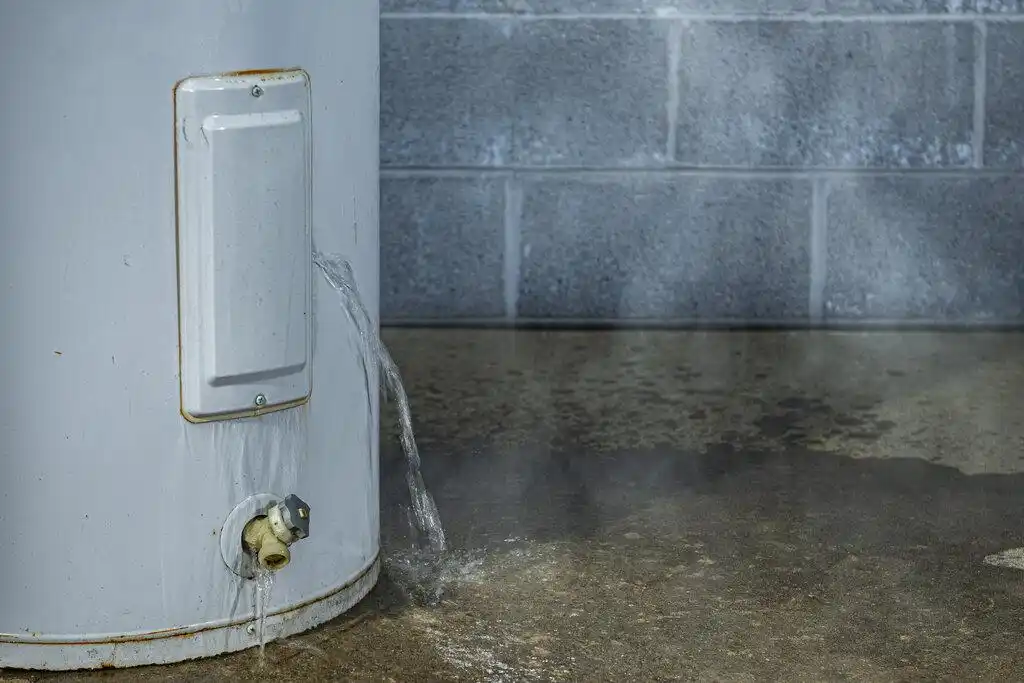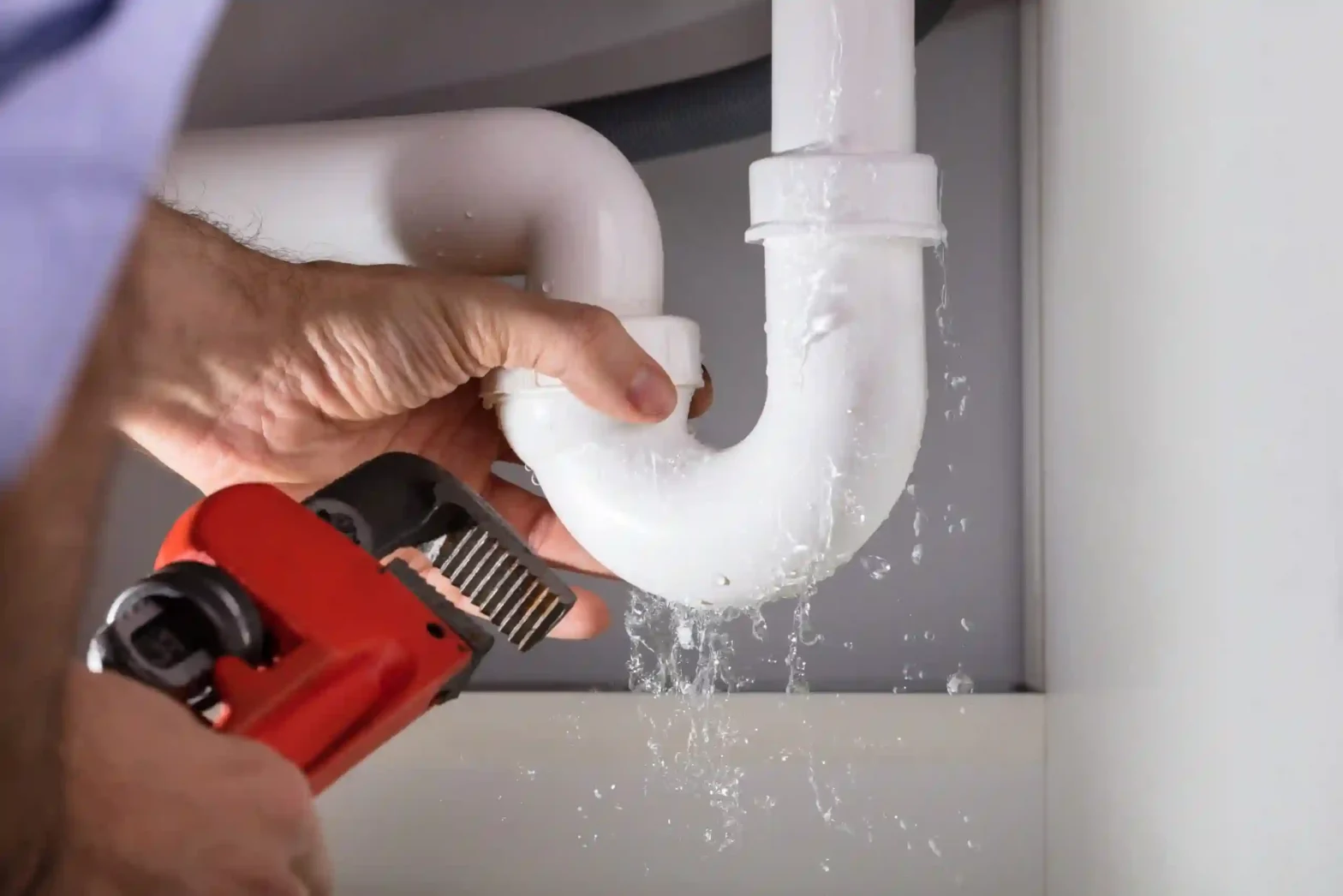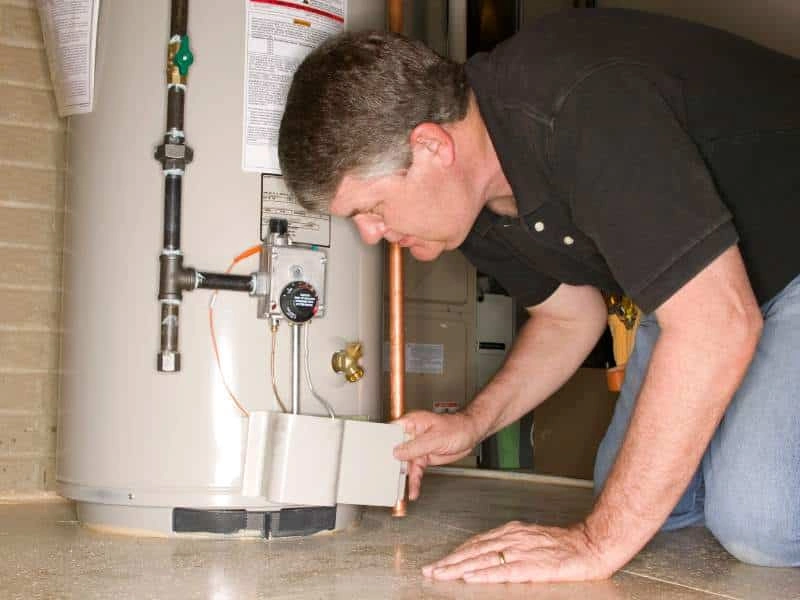10 Signs Your Water Heater Needs to Be Repaired or Replaced
If your water heater is working as it should, you don’t think about it much. It’s quiet, it’s efficient, and you have hot bath when you need it. It’s when your showers start to run lukewarm, your bills creep higher, or you start to notice puddles around the tank that you should listen up. This list of common warning signs covers the basics of when a repair will work and when replacement might make more sense for your budget and your home. Bookmark it and use it to keep your family safe, your budget on track, and your hot shower comfort where you want it.
1. Inconsistent or insufficient hot water
When your hot shower goes from too hot to too cold or just runs out a lot faster than before, the first suspect is usually sediment buildup inside the tank. Minerals in the water create scale and settle at the bottom of traditional tank-style heaters, insulating the burner or elements and reducing the amount of water the tank can heat. A flush and thermostat adjustment from a plumber should help. If you have an older model and the problem is ongoing, it may be time to get a quote on replacement.
2. Water that looks rusty or cloudy
Rusty brown, orange, or cloudy water from the tap indicates corrosion or sediment buildup. A rusty flavor could come from a failing anode rod inside the tank or even the tank wall itself. If swapping out the anode rod takes care of it, you are in luck. If rust persists, the tank is probably corroding on the inside, and you are probably better off replacing it.
3. New noises: rumbling, popping, or banging
A little gentle hum is normal, but if you hear loud pops or rumbles, or even a “kettling” sound, it may be a problem. Steam builds up in the hardened sediment at the bottom of the tank and is often the cause. A descaling flush will quiet things down, but if the sound comes back quickly, or you also have discolored water and leaks, the tank may be reaching the end of its useful life.
4. Leaks, moisture, or a wet ring at the base
Leaks, moisture on the floor, a wet pan under the tank, or a slow drip from fittings or valves are more urgent signs. Small leaks from valves and connections are sometimes repairable. If you have a leak that looks like it is coming from the shell of the tank, it is not repairable and can quickly turn into a sudden geyser. Turn off the power or gas and the cold-water inlet valve, then call a plumber to diagnose the cause.
5. Rising energy bills without a change in lifestyle
Are you using hot shower the same way but the bills keep creeping higher? The heater may be losing efficiency. Sediment buildup means longer heat cycles. Failing elements or a gas burner that is not combusting well are also wasting energy. A service call can test components and settings. If your unit is already old, and you are past the midpoint of its life expectancy, a high-efficiency or heat pump water heater may pay for itself in a few years of lower bills.
6. Age: Ten years is the tipping point
The average life expectancy for tank-style water heaters with regular maintenance is eight to twelve years. After about ten years, the chances of leaks and expensive emergency service calls rise quickly. Look at the serial number to find the manufacture date. If your aging tank also shows two or more other signs on this list, it is time to start preparing for replacement.
7. Pilot light, burner, or element issues
For gas heaters, a pilot light that won’t stay lit, burner flames with soot, or scorch marks all need a pro to take a look. For electric units, bad heating elements or a misbehaving thermostat can cause lukewarm water or frequent breaker trips. These are often repairable, but multiple failures mean there may be a larger issue.
8. Temperature and pressure relief valve dripping
The T and P relief valve keeps the tank from exploding in the case of overheating or excessive pressure buildup. Occasional brief drips after a heating cycle can be normal, but a constant drip means the valve has detected high pressure or overheating or is just beginning to fail itself. A quick test and replacement will usually quiet it down. If the pressure is still too high, a pressure reducing valve or expansion tank may be needed to keep things from recurring.
9. Frequent repairs and mounting costs
When you are scheduling the third service call in a year, take a step back and do the math. A rule many homeowners use is the 50 percent rule: if a repair costs more than half the price of a new water heater, or if multiple small repairs are adding up on an older tank, then replacement is usually the better financial choice.
10. Capacity no longer meets your household’s needs
Remodeling a house, a growing family, or a switch to large soaking tubs can outgrow an older water heater. If you are running out of hot shower during peak times, upsizing the tank, adding a mixing valve for more usable capacity, or switching to a tankless or heat pump model sized to your household’s demand may be the answer.
Repair or Replace: How to Decide with Confidence
The right decision for your household balances age, condition, safety, and total cost of ownership.
- Repair if the unit is less than eight years old, the tank shell is intact, and the issue is isolated to a repairable component such as an element, thermostat, gas control, or T and P valve.
- Replace the tank if it is leaking from the shell, if rust remains after an anode replacement, efficiency has dropped off rapidly, or the unit is approaching or past its ten-year prime.
- Factor in efficiency savings: today’s high-efficiency gas, electric, or heat pump water heaters can dramatically reduce heating costs and maintenance.
A licensed plumber can test components, measure pressure, and inspect combustion or electrical efficiency to give you a clear repair vs. replace answer.
Quick Safety Steps if You Notice Trouble
- Turn off power at the breaker for electric water heaters or set the gas unit’s controls to off.
- Shut the cold-water inlet valve on top of the tank to prevent new water from entering the tank.
- Prevent scalds and shocks: keep children and pets away, and do not remove access panels unless you are trained.
- Call a pro for diagnosis before you try to restart a problem unit.
What a Professional Inspection Includes
Water pressure, outlet temperature, anode condition, combustion testing or element performance, sediment depth, safety valve condition, and leak points at the drain valve, nipples, and unions should all be part of a thorough check. You will leave with a clear report and a plan: repair if it makes sense or replace if it’s time.
Frequently Asked Questions FAQs
Q: How long should a standard water heater last?
A: Most tank-style heaters run 8–12 years with routine maintenance. If yours is past 10 years and showing issues like leaks, rust, or rumbling, start planning for replacement rather than repeated repairs.
Q: Can flushing the tank fix lukewarm or noisy hot water?
A: Often, yes. Sediment insulates the burner or elements, causing temperature swings and popping sounds. A professional flush can restore performance; if problems return quickly on an older unit, consider replacement.
Q: When is repair better than replacement?
A: Choose repair if the tank is under eight years old and the issue is a serviceable part—thermostat, element, gas control, or T&P valve. Replace if the tank body leaks, rust persists after an anode swap, or failures keep recurring.
Q: Why does my T&P valve drip, and is it dangerous?
A: Frequent dripping signals high temperature or pressure, a failing valve, or missing system components like a pressure-reducing valve or expansion tank. Get it checked promptly; the T&P valve is a safety device that prevents dangerous pressure buildup.
Q: Are high-efficiency or heat pump water heaters worth it?
A: For many homes, yes. They cut energy use significantly, run quieter, and often qualify for rebates. If your current tank is aging or inefficient, upgrading can pay back through lower utility bills and fewer service calls.
Ready for Reliable Hot Water? Schedule Service With All Star Plumbing
Do not wait until you take a cold shower or find the utility room flooded to make a rushed and expensive decision. If you see any of these signs, or your water heater is getting close to ten years old, book a professional evaluation. All Star Plumbing and Restoration offers same day diagnostics and honest repair or replace advice. We also professionally install high efficiency models sized to your home and budget. Call All Star Plumbing and Restoration today to get back to dependable hot water and avoid small problems before they become emergencies.







